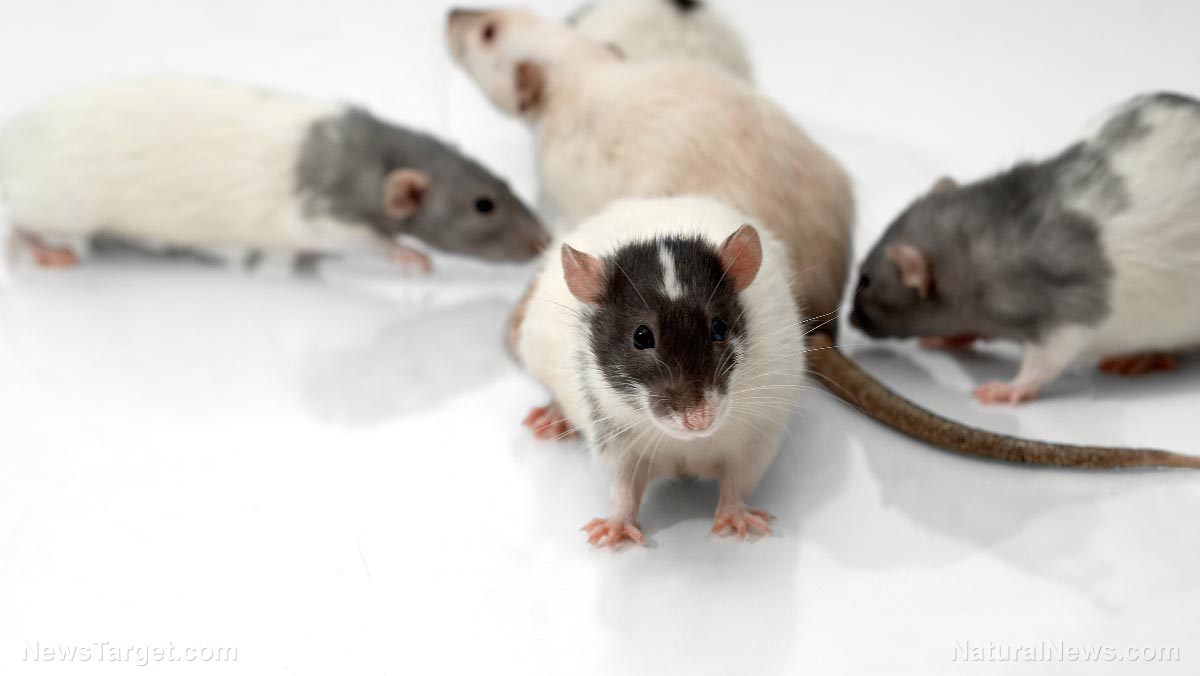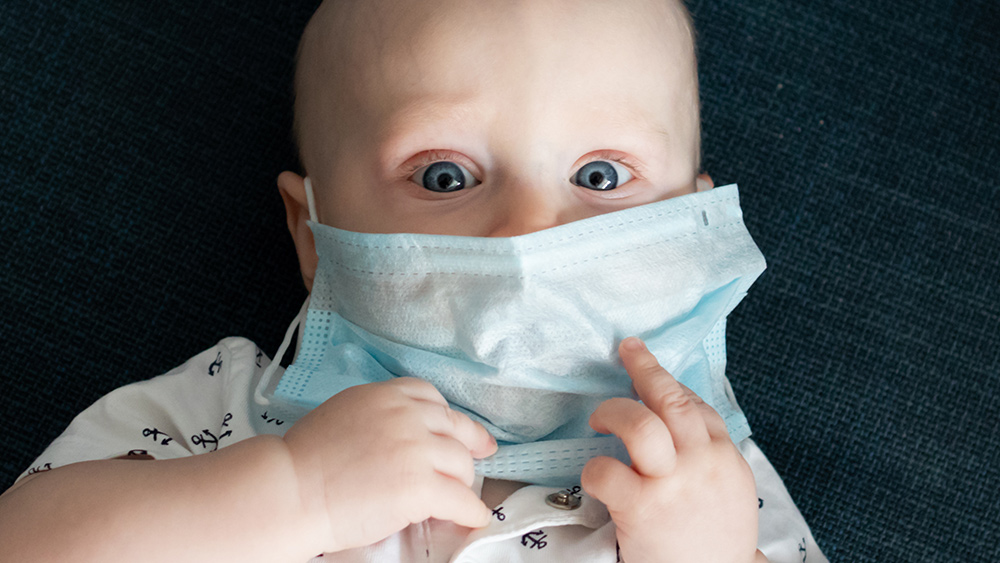Scientists grow human brain cells in rats to study brain development and diseases
10/20/2022 / By Belle Carter

Scientists have transplanted lab-grown human brain cells into the brains of baby rats as part of an effort to better study human brain development and diseases.
“Many disorders such as autism and schizophrenia are likely uniquely human, but the human brain certainly has not been very accessible,” said Dr. Sergiu Pasca, senior author of the study.
The study, published online on October 12 in Nature, demonstrates a method for performing experiments that would otherwise be invasive, difficult or impossible.
The said procedure meant that researchers can now study how brain cells from patients with neuropsychiatric disorders malfunction in a living brain and assess the impact of drugs in real time. “Psychiatric disorders are a huge burden on society and it is very, very clear that we need better models for studying them,” Pasca added. “We see patients and patients’ families that are desperate. There is no time to waste.”
The research builds upon Pasca team’s previous work creating brain “organoids,” tiny structures resembling human organs that have also been made to represent others, such as livers, kidneys, prostates – or key parts of them.
The scientists transformed human skin cells into stem cells and then worked on them in the laboratory to become several types of brain cells and turn them into brain organoids. The said cells multiplied to form organoids that resemble the cerebral cortex – the brain’s outermost layer and responsible for memory, thinking, learning, reasoning and emotions.
They transplanted the organoids into baby rats, about two to three days old, a stage when brain connections are still forming. The tiny tissue cultures grew and eventually occupied a third of the hemisphere of the rat’s brain. The clumps of human cells then took root inside the animal brains, hooked up to their blood supplies and tapped into rat brain circuits, allowing them to sense whisker movements and change how the animals behave.
Human neurons have been transplanted in rodents before, but generally in adult mice. Pasca said this is the first time these organoids have been placed into younger rat brains, creating “the most advanced human brain circuitry ever built from human skin cells and a demonstration that implanted human neurons can influence an animal’s behavior.”
UCL Institute of Neurology‘s Gabriele Lignani commented that the work was exciting as it opened new avenues to study neuropsychiatric diseases. “The combination of human cells with a full-body animal model overcomes limitations that these models have on their own,” Lignani pointed out.
Implanting human brain cells into rats may raise ethical issues – study adviser
Hank Greely, director of the Center for Law and the Biosciences at Stanford University and the paper’s adviser, said organoid research raises a number of ethical issues.
“What if the organoid has some kind of consciousness and it suffers as a result of the transplant? Or what if the transplanted animal takes on ‘human’ characteristics?” he said.
Greely doesn’t believe these are immediate problems, but he considers them worth discussing as the work advances. “It is not too early to think about how we could try to determine society’s answer if that day arrives,” he said.
Some analysts are concerned that the issues should be addressed sooner rather than later. And just like a science fiction movie, there is a “great” possibility that brain organoids could somehow attain something like human consciousness.
Pasca and his group are aware of the rodents’ well-being and whether they still behave normally with the organoids inside them. Still, Pasca does not believe this should be tried in primates.
But according to the Associated Press, some scientists are studying human brain organoids outside of animals. One example is a study published in Nature earlier this month that was conducted at the Swiss Federal Institute of Technology in Zurich, Switzerland.
Researchers involved in the study described how they are growing brain-like tissue from stem cells in the lab and then mapping the cell types in various brain regions and genes regulating their development. Some are using these structures to study autism.
Despite this scientific breakthrough, ethicists are still convinced that these kinds of studies could pave the way for altering brain development in animals or eventually in humans. (Related: Dr. Laura Rosser tells Mike Adams: Our nervous system has the ability to create new neural pathways and heal itself – Brighteon.TV.)
Check out Research.news for more stories like this.
Watch this video about autistic children found to have high aluminum in their brains.
This video is from the Health Ranger Report channel on Brighteon.com.
More related stories:
Preprint research report links rare brain disease to COVID-19 vaccines.
Study shows that it’s possible to grow human brain cells in mice skulls.
Sources include:
Submit a correction >>
Tagged Under:
bioethics, biotech, brain function, brain health, brain organoids, consciousness, dangerous, health science, insanity, medical experiments, rational, research, science tyranny
This article may contain statements that reflect the opinion of the author
RECENT NEWS & ARTICLES
HealthScience.News is a fact-based public education website published by Health Science News Features, LLC.
All content copyright © 2018 by Health Science News Features, LLC.
Contact Us with Tips or Corrections
All trademarks, registered trademarks and servicemarks mentioned on this site are the property of their respective owners.




















